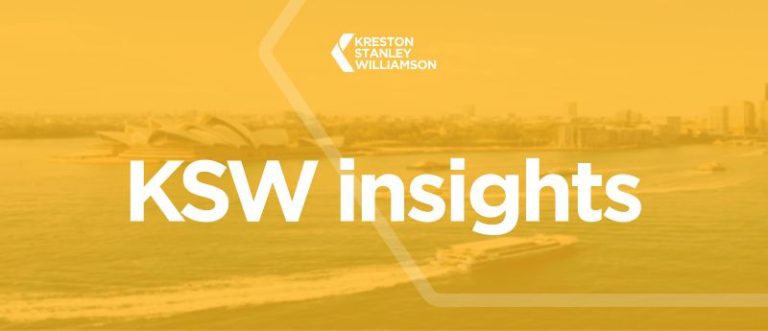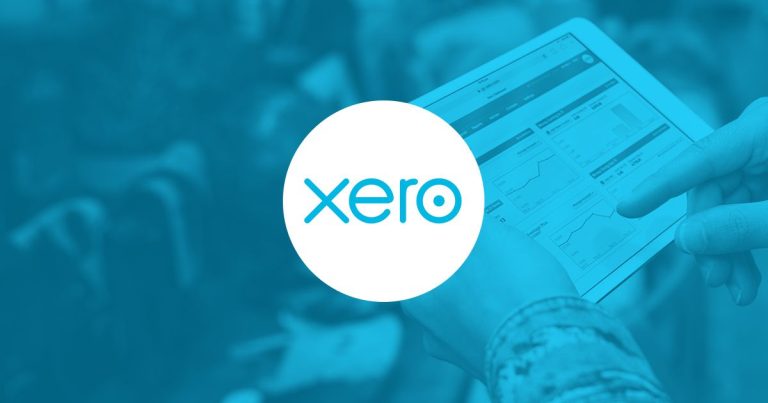With less than three weeks until we see another financial year, here are some tips and traps to look out for to ensure your superannuation and Self Managed Superannuation Fund (SMSF) are under control until 30 June 2021 and from 1 July 2021. Consulting with SMSF accountants can also prove beneficial in navigating these matters effectively.
Superannuation Guarantee Contribution (SGC) increase effective from 1 July 2021 – 10%
From 1 July 2021, the SGC rate will be 10% (increase from 9.5%). You should start planning how this SGC increase will be implemented and communicated to the employees, especially those currently on superannuation-inclusive salary packages.
Please find below the implications of this increase on the different remuneration scenarios that could apply to your business.
- Employees on Superannuation-inclusive salary packages
Where employees are reimbursed through a superannuation-inclusive package without a remuneration review, their take-home cash payments will likely reduce from 1 July 2021. As such, we recommend employers consider communicating the potential decrease with their employees as early as possible to avoid any queries or complaints arising.
Alternatively, suppose you are conducting an annual salary review or considering implementing a pay increase to ensure consistency in the take-home cash payments. In that case, this must be appropriately structured, budgeted and communicated.
2. Employees on Award rates
A person on minimum or award wage cannot be paid less than the minimum, so the increase to 10% must increase their superannuation contribution and, therefore, the cost of employment.
3. Employees –paid above the minimum or above Award rates
Subject to your employment agreement or industrial conditions, a person paid above the minimum or award wage could have their rates reduced so that their total remuneration, including the increased superannuation amount, does not change. Accordingly, the total increase in super or part could reduce their gross and net wages. Note that any rate change cannot result in the employee being paid less than the minimum or award rate.
4. Employees – Salary Sacrifice
You may not use salary sacrificed super to meet your SG obligations.
Please note this SGC increase will also increase your other employment costs, where applicable – Workers’ compensation and Payroll tax obligations.
Yearly Increase in SGC rate.
The minimum SGC rate is legislated to gradually rise from 9.5% to 12% per cent over the next five years (see table below).
| Year | GS % |
| Year starting 1 July 2021 | 10% |
| Year starting 1 July 2022 | 10.5% |
| Year starting 1 July 2023 | 11% |
| Year starting 1 July 2024 | 11.5% |
| Year starting on or after 1 July 2025 | 12% |
Minimum pension requirements
In March 2020, the Government temporarily reduced the annual minimum drawdown requirements by 50% on common pensions, such as account-based and market-linked pensions, for 2019-20 and 2020-21 to help manage the economic impact of COVID-19. Whilst this relief was expected to end on 30 June 2021, the Government announced they would extend this for another year to 30 June 2022.
So, for account-based pensions in 2020/21 and now 2021/22 financial years, the minimum drawdowns are:
| Age | Percentage of the account balance on 1 July |
| Under 65 | 2% |
| 65 – 74 | 2.5% |
| 75 – 79 | 3% |
| 80 – 84 | 3.5% |
| 85 – 89 | 4.5% |
| 90 – 94 | 5.5% |
| 95 or more | 7% |
There is no halving of the maximum pension percentage applicable to Transition to Retirement Income Streams or Market Linked Pensions.
This is a reminder that pension payments must be taken in cash (i.e., cannot be made in-specie) and must have been withdrawn by 30 June. If the minimum pension requirement is unmet, SMSFs will be subject to a 15% tax on pension investments instead of tax-free.
Where you have been receiving regular pension payments, you may likely have received more than the required minimum payment for this year. Unless you meet contribution eligibility rules, these funds cannot be returned.
Contribution caps for 2020/21 and 2021/22
Before 30 June 2021, you should review your contribution strategies to ensure you have contributed what you intended to and ensure you are below the contribution caps whilst being mindful of the upcoming changes to the caps from 1 July 2021.
| All ages | Year ending 30 June 2021 | From 1 July 2021 |
| Concessional Cap | $25,000 | $27,500 |
| Non-Concessional Cap | $100,000 | $110,000 |
Carry forward concessional contribution caps.
Individuals can make additional concessional contributions by utilising unused concessional contributions caps on a 5-year rolling basis, as long as their Total Super Balance was less than $500,000 on 30 June just before the start of that financial year.
Non-concessional contributions – bring forward arrangements.
Members under age 65* on 1 July may ‘bring forward’ two years of non-concessional contributions subject to their Total Super Balance the preceding 30 June.
| Total Super Balance as at 30 June 2020 | Non-concessional contribution & bring forward available starting 1 July 2020 |
| Less than $1.3 million | 3 years ($300,000) |
| Greater than or equal to $1.3 and less than $1.4 million | 3 years ($300,000) |
| Greater than or equal to $1.4 and less than $1.5 million | 2 years ($200,000) |
| Greater than or equal to $1.5 and less than $1.6 million | 1 year ($100,000) |
| Greater than or equal to $1.6 million | Nil |
Members that trigger the bring forward arrangement before 1 July 2021 will not have access to any additional cap space due to the increase in the non-concessional cap.
| Total Super Balance as at 30 June 2021 | Non-concessional contribution & bring forward available starting 1 July 2022 |
| Less than $1.48 million | 3 years ($330,000) |
| Greater than or equal to $1.48 and less than $1.59 million | 2 years ($220,000) |
| Greater than or equal to $1.59 and less than $1.7 million | 1 year ($110,000) |
| Greater than or equal to $1.7 million | Nil |
*SMSF trustees should be aware of the legislation slated to pass, which is expected to allow individuals aged between 65 and 66 to make non-concessional contributions (currently restricted to those below 65) without meeting a work test. These older individuals can also make up to three years of non-concessional superannuation contributions under the bring forward rule.
Transfer balance cap and commencement of retirement phase income streams.
Since 1 July 2017, there has been a cap of $1.6m that an individual can transfer into the pension phase and any excess amount maintained in an accumulation account (where earnings are taxed at 15%). It applies to retirement phase income streams like Account Based Pensions and death benefit pensions (i.e., upon a spouse’s death). It does not apply to Transition to Retirement Pensions unless they are a Retirement Phase Transition to Retirement Pension.
From 1 July 2021, this Transfer Balance Cap will increase to $1.7m. For individuals who have never had a retirement phase pension or received a death benefit pension before 1 July 2021, their cap will be $1.7m. Those with a Transfer Balance Account before 1 July 2021 will have a personal Transfer Balance Cap of between $1.6 – $1.7 million (a pro-rated amount of the increment), based on the highest balance in their Transfer Balance Account.
Property valuations
With a roller coaster real estate market over the past 12 months, SMSFs which hold property, including those with a limited recourse borrowing arrangement (LRBA), the market values of these properties need to be based on objective and supportable data in preparation for the annual audit. Many SMSF commercial properties (and, to a lesser extent, residential property) may not have received total rental payments due to the pandemic, thereby decreasing their values; in contrast, those properties in highly sought-after locations have seen exponential capital growth – all of which can be evidenced in the form of an independent valuation by a third party.
As always, if you have any queries, don’t hesitate to reach out and contact us.
Kreston Stanley Williamson Team
*Correct as of 7 June 2021
Disclaimer – Kreston Stanley Williamson has produced this article to serve its clients and associates. The information contained in the article is of general comment only and is not intended to be advice on any particular matter. Before acting on any areas in this article, you must seek advice about your circumstances. Liability is limited by a scheme approved under professional standards legislation.














